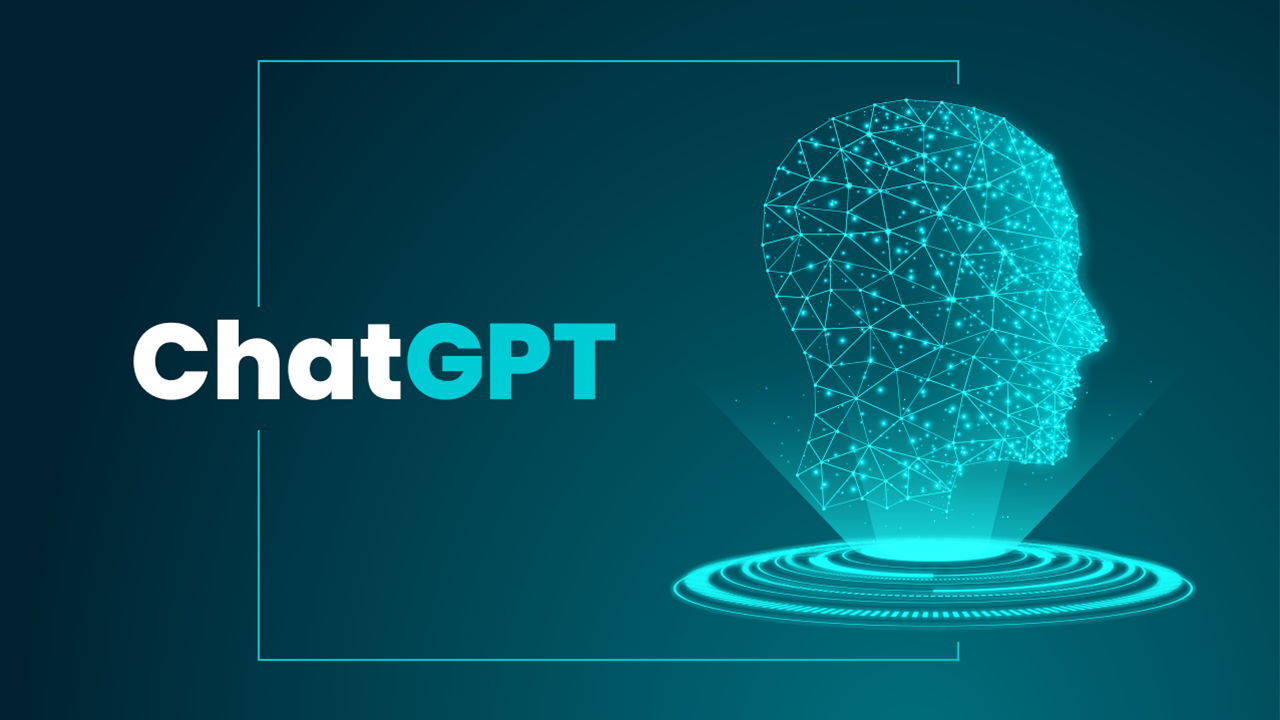What is ChatGPT?
OpenAI developed a chatbot with artificial intelligence (AI) named ChatGPT. The term “ChatGPT” combines the words “Chat,” which alludes to the chatbot feature of the system, and “GPT,” which stands for Generative Pre-trained Transformer and is a kind of large language model (LLM).
Chat GPT’s primary feature is the ability to generate text-based responses similar to those that humans would. That basically means that you can ask it any question, and it will respond.
Writing essays, emails, creative stories, writing programs, composing messages, producing material, answering inquiries, and even having informal discussions are some of the most popular tasks ChatGPT can carry out.
ChatGPT is able to offer these solutions because it essentially gathers data on a wide range of subjects from the internet and communicates those solutions succinctly and casually. You can always ask ChatGPT for more information, ask it to rewrite something, or ask more questions because it excels at editing previous responses.
A Short History of ChatGPT
OpenAI, a company based in San Francisco, developed this auto-generative system for online customer service. Sam Altman, a well-known investor and entrepreneur, is the CEO of ChatGPT, which was established on November 30, 2022. ChatGPT is now available for free thanks to OpenAI. Although ChatGPT is currently free, it won’t likely last forever. Through AI, this chatbot system offers details and answers to questions.
The GPT- 3(currently 3.5) model of ChatGPT is its most widely used version. GTP 4 will be accessible as an API in the interim and is only partially accessible to ChatGPT Plus users. Some people choose to upgrade from ChatGPT’s free version to a paid service called ChatGT Plus. ChatGPT Plus has the benefit of allowing general access even during busy times. With the ability to incorporate the knowledge and features of numerous third-party applications, ChatGPT will be bigger and better than ever.
How to use ChatGPT?
Go to chat.openai.com. You must first register for a free account if this is your first time using OpenAI. You have the option of entering your email address or a simple Google or Microsoft account login. You’ll then be prompted to enter a phone number. However, remember that you cannot register for OpenAI using this virtual number (VoIP). To finish the setup, you must enter a confirmation number on the registration page.
The instructions from here are the same whether you’re using an iPhone or the official iOS app that OpenAI has released.
Once you’ve completed that, your registration process is complete. You are inside! Even though both questions will produce fairly detailed results, starting with “Explain how the solar system was made” will result in a more detailed result with more paragraphs than “How did it get made?” “To delete your previous questions, you can still decide to keep asking them until you close your browser or restart the thread.
” The sidebar conversations then save these chats, even naming them automatically. You can then manage these chats by renaming or deleting them as necessary. If necessary, you can even “hide” particular chats. Light or dark mode is another option for ChatGPT.
How ChatGPT Works?
ChatGPT is powered by OpenAI’s GPT- 3.5 language model, which is a deep- learning model based on transformer architecture. The model has been trained on a large corpus of diverse text from the internet, including books, articles, websites, and more. It has learned to generate coherent and contextually relevant responses to text prompts.
When you interact with ChatGPT, the conversation typically starts with a message or prompt from you. This prompt can be a question, a statement, or any text input that you want to start the conversation with. The model then takes this input and generates a response based on its understanding of the prompt and the context of the conversation so far.
When you provide a prompt to ChatGPT, the model uses the learned information to generate a response. It considers the context of the conversation, previous messages, and the current prompt to provide a relevant and coherent reply. The response is generated by sampling from a distribution of likely next words based on the model’s training and knowledge.
What to be aware of when using ChatGPT?
In addition to nuance, publishing content produced by AI chats depends heavily on information accuracy. We are all aware of how much fake news there is; ChatGPT is merely compiling data and regurgitating it for ease of use. It’s crucial to use reliable sources to support the claims you’re making with ChatGPT because of this.
Another issue that is perplexing ethicists and attorneys regarding AI language generators is copyright. First of all, when prompted, bots have data to draw from and are fed information to “learn.” Authors aren’t always required to consent to the use of their work in this manner.
Second, the bot’s output might include material that is actually copyrighted, i.e., not permitted for unapproved reproduction. It’s unclear who created the bot or who used it( us in this case) in these infringements. is in charge of copying or stealing the work.
It’s important to remember that ChatGPT can produce impressive and frequently helpful responses, but it can also produce incorrect or absurd ones. Despite being trained on a ton of data, the model lacks genuine understanding and knowledge. It occasionally produces information that seems plausible but is false or made up. Critically analyzing the responses is always a good idea, but don’t take them as gospel truth.
Is ChatGPT free to use?
Use of ChatGPT’s basic version is entirely free. There is a word and character limit for responses, but there is no daily usage cap for ChatGPT. Of course, OpenAI is not free to keep running it. According to preliminary estimates, OpenAI currently spends about$ 3 million per month— roughly$ 100,000 per day— to continue running ChatGPT.
A premium version of OpenAI’s chatbot is called ChatGPT Plus. Although it costs$ 20 per month, it offers faster responses, first access to new features like GPT-4, and access even during busy times.
Common uses for ChatGPT
That’s the enjoyable part, I suppose. People have experimented with the chatbot ever since it was introduced in an effort to learn everything it is and is not capable of, and some of the outcomes have been astounding. Really, it all depends on your goals. Try using it to begin with if you’re a programmer, such as to write blocks of code or even templates for blog posts.
In an effort to see if ChatGPT could handle holiday shopping or even accurately interpret astrological makeup, our writers also experimented with it. While still being incredibly impressed by the outcomes in both cases, we discovered limitations to what it was capable of.
What are ChatGPT plugins?
The release of ChatGPT plugins sparked a huge uproar among developers, with some referring to it as “the most potent developer platform ever created.” AI enthusiasts have compared this to the initial flurry of interest in the iOS App Store, which significantly increased the iPhone’s capabilities.
Applications being able to carry out actions on the user’s behalf, retrieve real-time information, and access knowledge-based information are just a few of the examples offered by OpenAI. Expedia, Instacart, Slack, and OpenTable are some of the first applications to use ChatGPT plugins, though it is currently only available on a waitlist.
The future of ChatGPT
The possibilities for how we interact with machines are growing at an incredible rate as technology and artificial intelligence develop. ChatGPT, a sizable language model developed by OpenAI, serves as one such illustration. In the field of natural language processing, ChatGPT has already made a splash by enabling more human-like machine communication.
But what does this ground-breaking technology’s future hold? We will examine ChatGPT’s future projections and opportunities in this article. The potential uses of ChatGPT are numerous and exciting, ranging from improving customer service to revolutionizing education. Join us as we explore this fascinating technology’s potential future.


